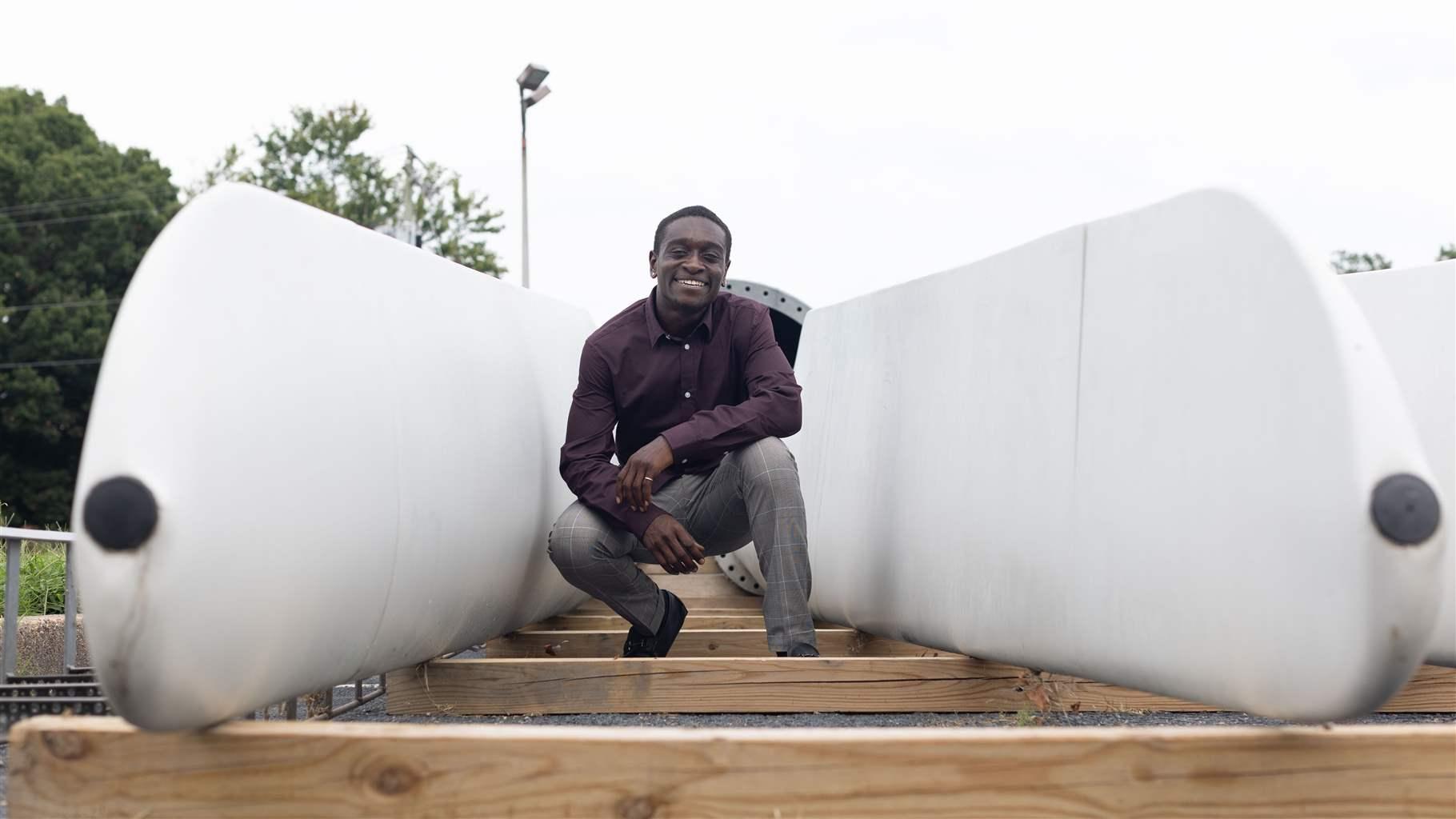Offshore Wind Industry in U.S. Needs Supply Chain Investments

The offshore wind industry in the U.S. has the potential to create jobs and stimulate local economies while reducing overall emissions. The Department of Energy states that developing 30 gigawatts of energy from offshore wind by 2030 could attract $12 billion in private investment annually. However, the industry needs accessible and affordable supplies to meet this goal. To support the industry, policy and infrastructure investments are necessary. According to the National Renewable Energy Laboratory, this could create up to 49,000 manufacturing and supplier jobs. Building a robust domestic supply chain will be key to the success of the industry.
Source: Link
Frequently Asked Questions
1. Why does the offshore wind industry in the U.S. need supply chain investments?
The offshore wind industry requires substantial supply chain investments to build and fortify the infrastructure needed to support the growth of wind energy projects. Such investments are necessary to decrease costs, increase efficiency, and ensure that the U.S. can meet its clean energy goals. This includes investments in manufacturing components, logistics, and specialized vessels.
2. Who is directing The Pew Charitable Trusts' energy modernization project?
Laura Lightbody is the director of The Pew Charitable Trusts' energy modernization project, which addresses the needs of the U.S. offshore wind industry among other initiatives.
3. What has been the impact of The Pew Charitable Trusts on advancing clean energy projects?
The Pew Charitable Trusts has been actively involved in advocating for clean energy solutions, including offshore wind. Through research, analysis, and advocacy, The Pew Charitable Trusts has supported policies and investments that can help to advance clean energy projects across states.
4. What are the potential benefits of offshore wind leases for states?
Offshore wind leases can generate revenue for states through the construction and operation of wind farms. Additionally, these projects can create jobs, stimulate economic growth, and contribute to states' renewable energy targets.
5. How can the supply chain for offshore wind be improved?
The supply chain for offshore wind can be improved by making targeted investments in infrastructure such as ports, manufacturing facilities, and vessel fleets designed to install and maintain offshore wind turbines. This would also include training the workforce and streamlining regulatory processes.
6. What is the relevance of the year 2024 for clean energy projects in the U.S.?
While the linked search result doesn't provide specific details about the year 2024, it is mentioned that this year is seen as pivotal for the advancement of clean energy projects. This could be due to regulatory changes, scheduled completion of major projects, or significant policy decisions.
7. How does The Pew Charitable Trusts see offshore wind contributing to U.S. state policy?
The Pew Charitable Trusts recognizes offshore wind as a vital part of U.S. state policy to diversify energy sources and move towards sustainable energy solutions. They emphasize the importance of investing in the offshore wind industry to capitalize on its potential.
For more detailed information, it is advisable to review the full articles from The Pew Charitable Trusts and other resources directly.

